Alex Kriegel0764548409, 9780764548406
Table of contents :
Front Matter……Page 4
Who Should Read this Book……Page 8
Layout and Features……Page 9
Reach Out……Page 12
Part I Friday Evening……Page 27
Understanding Microsoft SQL Server……Page 28
Installing SQL Server 2000……Page 29
How Does SQL Server 2000 Compare to the Other Guys?……Page 39
Go Configure……Page 42
Running SQL Server Service Manager……Page 43
Managing Configuration Tasks……Page 45
Locating SQL Server Files……Page 46
Uninstalling SQL Server……Page 48
Starting the Enterprise Manager……Page 52
Creating Server Groups and Registering Servers……Page 54
Down Under: Inspecting Registered SQL Server Nodes……Page 56
Considering Your Options……Page 57
Accessing SQL Server Books Online……Page 59
Meeting the Wizards……Page 60
Running Command-Line Utilities……Page 65
Accessing SQL Server Agent……Page 67
Friday Evening Questions……Page 70
Part II Saturday Morning……Page 73
Identifying the Limitations of Spreadsheet Programs……Page 74
Understanding Legacy Database Models……Page 75
Introducing the Relational Database Model……Page 77
Exploring Relational-Database Management-System Implementations……Page 79
Learning Relational-Database Terminology……Page 81
Understanding the SQL Server System Databases……Page 84
Exploring the SQL Server Sample Databases……Page 87
Learning the Basics of Relational Database Design……Page 88
Creating a New Database in SQL Server 2000……Page 96
Modifying Database and Transaction Log Properties……Page 100
Deleting a Database……Page 102
Learning about Transact SQL……Page 104
Using the SELECT Keyword……Page 105
Working with the JOIN and UNION Keywords……Page 110
Using the INSERT, UPDATE, and DELETE Keywords……Page 113
Knowing about Additional T-SQL Keywords and Functions……Page 116
T-SQL and SQL Query Analyzer……Page 118
Creating, Altering, and Dropping Databases with T-SQL……Page 121
Creating, Altering, and Dropping Tables with T-SQL……Page 123
Getting Information about Your SQL Server……Page 125
Working with the Query Analyzer Templates and the Object Browser……Page 126
Declaring and Using T-SQL Variables……Page 130
Using Control-of-Flow Statements……Page 134
Exploring T-SQL Operators……Page 136
Running Subqueries……Page 141
Using the CASE Function……Page 142
Saturday Morning Questions……Page 144
Part III Saturday Afternoon……Page 147
Creating Stored Procedures……Page 148
Commenting Transact-SQL Code……Page 151
Error Handling……Page 152
Using Different Types of Stored Procedures……Page 155
Renaming and Dropping a Stored Procedure……Page 157
Using Stored Procedures……Page 158
Trigger Happy……Page 160
Managing Triggers……Page 166
Understanding Cursors……Page 168
Using Different Types of Cursors……Page 171
Understanding the Scope of the Cursors……Page 173
Setting Cursor Concurrency Options……Page 174
Choosing the Right Cursor……Page 175
Using Indexes……Page 178
Designing an Index……Page 180
Creating and Deleting an Index……Page 181
Managing an Index……Page 187
Enforcing Data Integrity……Page 190
Understanding NULL Values……Page 198
Understanding Transactions……Page 200
Setting Isolation Levels……Page 205
Introducing SQL Server Locks……Page 206
Exploring Lock Types……Page 207
Dealing with Deadlocks……Page 208
Saturday Afternoon Questions……Page 211
Part IV Saturday Evening……Page 213
Introducing Data Transformation Services……Page 214
Importing and Exporting Data through DTS……Page 215
Maintaining DTS Packages……Page 220
Using the Bulk Copy Command-Line Utility……Page 221
Implementing Backup and Recovery Planning……Page 224
Using Different Backup Strategies……Page 225
Selecting a Recovery Mode……Page 230
Restoring a Database……Page 231
Managing Backups……Page 234
Reviewing SQL Server Replication……Page 236
Preparing for Replication……Page 239
Setting up Replication……Page 240
Setting up a User Account……Page 248
Managing User Permissions……Page 253
Managing a Multiuser Environment……Page 256
Saturday Evening Questions……Page 258
Part V Sunday Morning……Page 263
Devising a Database-Maintenance Plan……Page 264
Scripting and Documenting Your Database……Page 270
Moving and Copying Database Files……Page 271
Using Remote Servers and Linked Servers……Page 274
Accessing External Data Sources……Page 281
Using Microsoft Distributed Transaction Coordinator (MSDTC)……Page 282
Obtaining SQL Server System Information……Page 286
Using Information Schema Views……Page 287
Using System Stored Procedures……Page 289
Configuring and Using SQL Server Agent……Page 296
Scheduling Jobs……Page 299
Creating Alerts……Page 301
Managing Operators……Page 303
Administering Multiple Servers……Page 304
Setting up Your Mail Profile……Page 306
Configuring SQL Mail and SQL Server Agent Mail……Page 309
Sending Mail through Extended Stored Procedures……Page 311
Troubleshooting……Page 312
Monitoring and Profiling……Page 316
Tuning SQL Queries……Page 319
Using the Index Tuning Wizard……Page 322
Optimizing TempDB and the Transaction Log……Page 324
Using Database Consistency Check (DBCC)……Page 325
Service Packs……Page 326
Sunday Morning Questions……Page 328
Part VI Sunday Afternoon……Page 331
Planning for Disaster……Page 332
Identifying Basic Disaster Scenarios……Page 333
Back Up and Restore!……Page 335
Managing the Disaster……Page 336
Planning for Security……Page 342
Introducing SQL Server Authentication Modes……Page 343
Configuring SQL Server Roles……Page 344
Using Views as a Security Mechanism……Page 350
Auditing SQL Server……Page 351
Introducing DBLIB, ODBC, and OLE DB……Page 354
Configuring ODBC Data Sources……Page 356
Presenting DAO, RDO, and ADO……Page 360
Interoperability with Non-Windows Machines and the Internet……Page 362
Using English Query……Page 364
Performing Full-Text Searches……Page 366
Using SQL Server 2000 Analytical Services……Page 368
Linking OLAP and Business Logic……Page 369
Running the Web Assistant Wizard……Page 370
Getting SQL Server XML Support……Page 372
Sunday Afternoon Questions……Page 375
Friday Evening Review Answers……Page 378
Saturday Morning Review Answers……Page 380
Saturday Afternoon Review Answers……Page 382
Saturday Evening Review Answers……Page 384
Sunday Morning Review Answers……Page 385
Sunday Afternoon Review Answers……Page 387
Appendix B: What’s on the CD-ROM……Page 390
Hungry Minds, Inc. End- User License Agreement……Page 406
CD-ROM Installation Instructions……Page 409
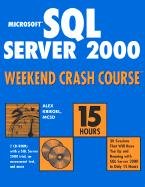

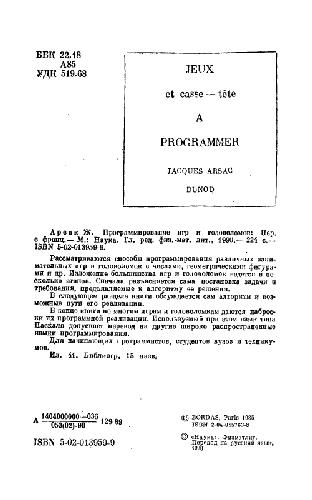
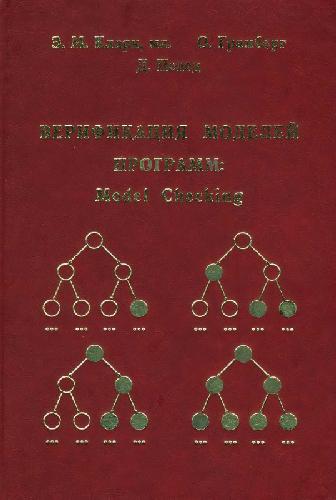
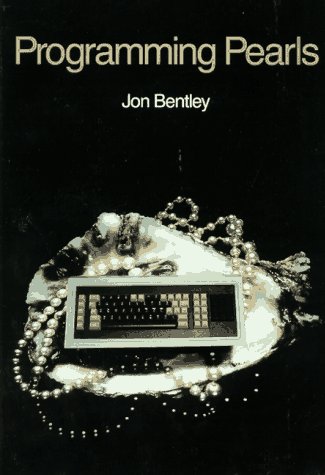
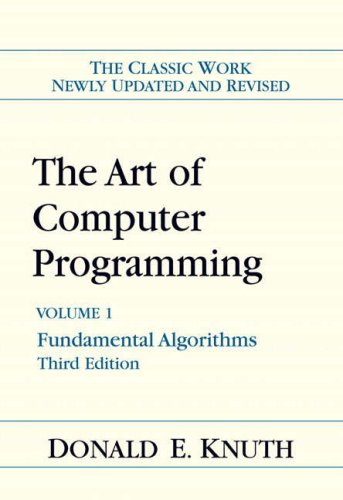
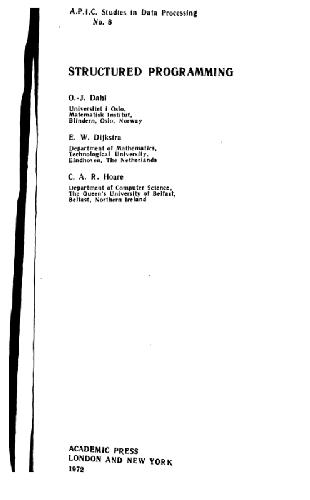
Reviews
There are no reviews yet.